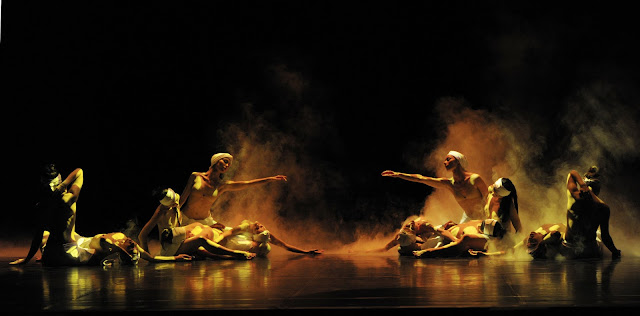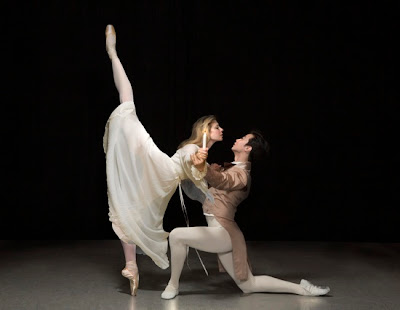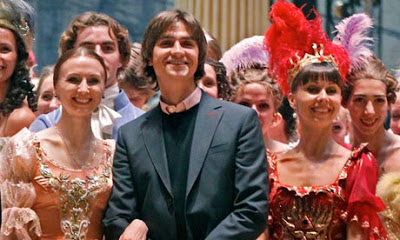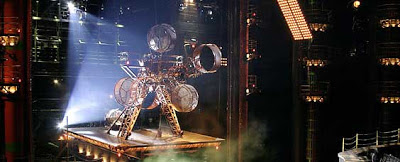By Victoria Looseleaf
It happened in yoga, when our instructor of more than two decades was reading from her meditation book while her students were in savasana – corpse pose – the insanely delicious posture that consists of lying still, palms up, as we revel in nothingness – the nothingness we’ve achieved after stretching and contorting our bodies in knotty, pretzel-like poses for the previous 90 minutes.
She was reading to us about feng shui. Literally translating as “wind-water,” the Chinese art or practice of positioning objects, especially graves, furniture and buildings (above, the house that inspired Gatsby’s, which obviously needed some kind of feng shui), based on a belief in patterns of yin and yang and the flow of chi (energy), that have positive and negative effects, is now a respected profession with – surprise – a slew of followers.
So, lying in savasana and being open to the universe, our minds, which cannot remain quiet for long (especially this one), recalled the time we first wrote about feng shui, also some 20 years ago: An editor, after hearing about it at a recent business lunch (no doubt at the meat-filled Pacific Dining Car, a favorite watering hole where feng shui would have a hard time finding the back door for the beef), assigned a story about how the offices should be re-decorated.
 Were we skeptic? Not about the method, but certainly about the editor, who had no idea who Erté was, the Russian-born French artist synonymous with Art Deco. In fact, in a story we’d recently written about the great theater actress Marian Seldes, wherein we described her as resembling an Erté sculpture, this editor famously responded: ‘Who or what is Erte (pronounced, ‘Airt’) and does he have a first name?’ We replied, ‘Fred.’
Were we skeptic? Not about the method, but certainly about the editor, who had no idea who Erté was, the Russian-born French artist synonymous with Art Deco. In fact, in a story we’d recently written about the great theater actress Marian Seldes, wherein we described her as resembling an Erté sculpture, this editor famously responded: ‘Who or what is Erte (pronounced, ‘Airt’) and does he have a first name?’ We replied, ‘Fred.’
As if that weren’t enough, this same editor had never heard of ‘Lalique.’ Hint: The name of French glass designer René Jules Lalique is a symbol of luxury, and being a downtown Los Angeles business owner, it was a travesty that the editor hadn’t a clue, considering the Oviatt Building, on the National Register of Historic Places, not only features Lalique’s signature glass elevator door panels, front and side doors (above) and chandeliers, but also a large panel clock.
Oy!
 And we’re loathe to mention a dance review we wrote about the great 20-century terpsichore, Mikhail Baryshnikov, but it’s all part of our feng shui revelry (with Misha obviously in balance at left in a photo by Annie Leibovitz). In our critique (which was a rave, btw), we wrote that, Baryshnikov, “having spent a life on the stage in tights”…etc., we were duly astonished and mortified to find that our editor had added this insulting, inane aside after the word, ‘tights,’ ‘Ooh, the chafing!’ Of course, we didn’t see this phrase until it had been committed to ink and paper, and needless to say, we just about flipped. And with that editorial bombast, so, too, went our early memories of feng shui.
And we’re loathe to mention a dance review we wrote about the great 20-century terpsichore, Mikhail Baryshnikov, but it’s all part of our feng shui revelry (with Misha obviously in balance at left in a photo by Annie Leibovitz). In our critique (which was a rave, btw), we wrote that, Baryshnikov, “having spent a life on the stage in tights”…etc., we were duly astonished and mortified to find that our editor had added this insulting, inane aside after the word, ‘tights,’ ‘Ooh, the chafing!’ Of course, we didn’t see this phrase until it had been committed to ink and paper, and needless to say, we just about flipped. And with that editorial bombast, so, too, went our early memories of feng shui.
Seriously, at the end of class, when our minds returned to the present and, in a state of calmness (everything’s relative), we began thinking that in our very own arts journalism career, we’re actually practicing a form of, well, literary feng shui: What is the best way to build a story? Where should it open? How should it close? What direction should it take? What is the energy of the piece? Is it well-balanced?
 As professionals, we’re convinced that we are, if not masters of this form, then certainly loyal adherents to the above principles. Perhaps not consciously, but this literary feng shui thing makes sense when considering all the thousands of stories we’ve written over the years. We’re also happy to think that knowing who Erté and Lalique are may have helped a tad, too, though, admittedly, our literary feng shuiness has not yet enabled us to purchase anything by those two Frenchmen. But it has, happily, allowed us to travel to France on numerous occasions, even as recently as last month, where we were thrilled to declare, “Bon jour, Aix!“
As professionals, we’re convinced that we are, if not masters of this form, then certainly loyal adherents to the above principles. Perhaps not consciously, but this literary feng shui thing makes sense when considering all the thousands of stories we’ve written over the years. We’re also happy to think that knowing who Erté and Lalique are may have helped a tad, too, though, admittedly, our literary feng shuiness has not yet enabled us to purchase anything by those two Frenchmen. But it has, happily, allowed us to travel to France on numerous occasions, even as recently as last month, where we were thrilled to declare, “Bon jour, Aix!“















































